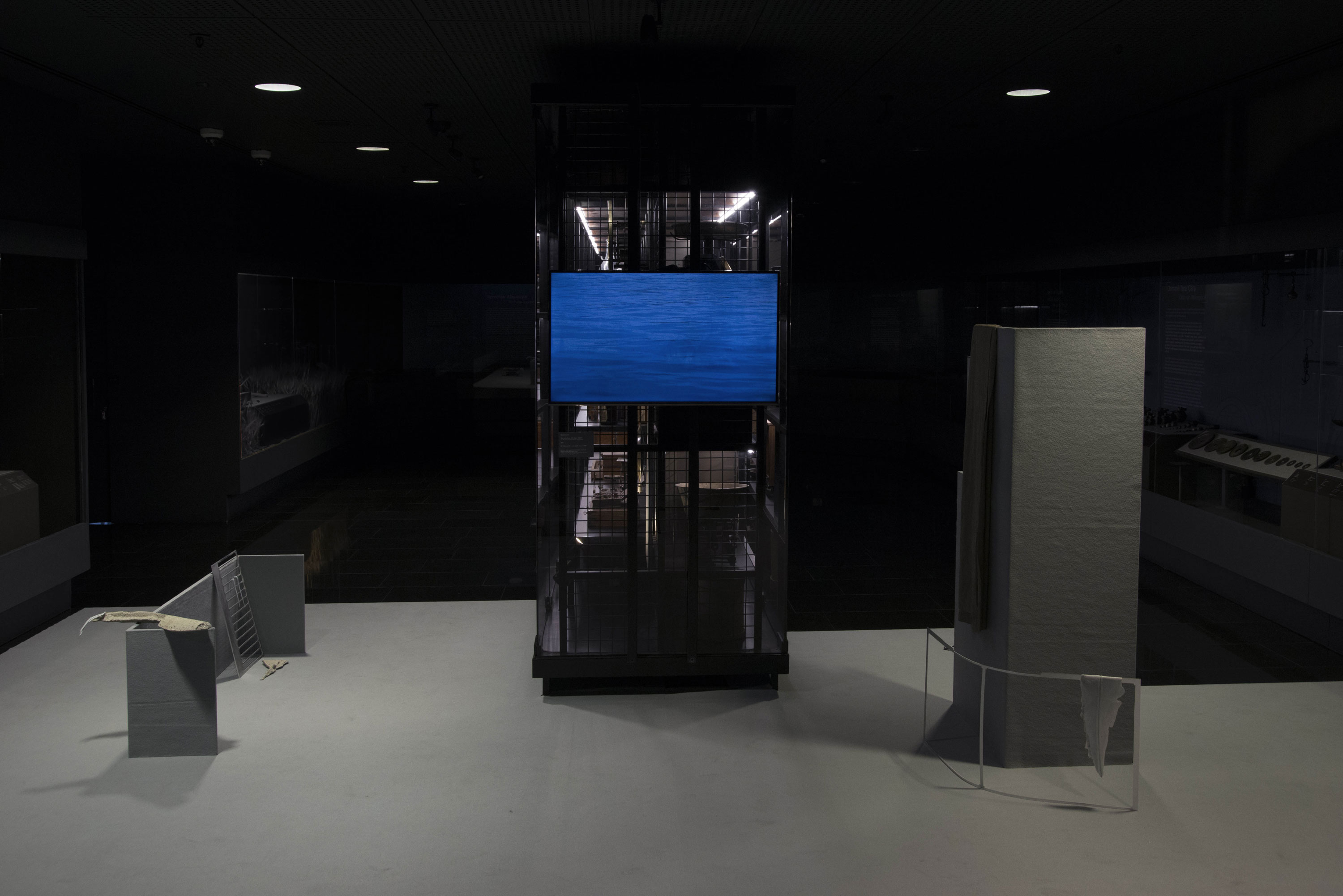School Groups
High School
In a guided online 3D tour, we explore the exhibition “What Byzantinism Is This in Istanbul!” and its collection of modern renditions of Byzantine history on various artistic media. Then, we take a look at the common themes in literature, music, visual arts, comics, film and fashion that relate to Byzantine history in various ways, and try to make sense of the apparent differences based on field, region and historical period.
Weekday Online Learning Program
Tuesday, Wednesday, Thursday, Friday
10:00-10:30
10:45-11:15
11:30-12:00
Online learning programs are free of charge for high school students.
Reservation is required for groups, which should include no less than 10 and no more than 60 participants. After confirmation of the reservation, the workshop link will be sent exclusively to the e-mail address submitted during registration.
Related Exhibition: “What Byzantinism Is This in Istanbul!": Byzantium in Popular Culture

Inspired by its Anatolian Weights and Measures Collection, Pera Museum presents a contemporary video installation titled For All the Time, for All the Sad Stones at the gallery that hosts the Collection. The installation by the artist Nicola Lorini takes its starting point from recent events, in particular the calculation of the hypothetical mass of the Internet and the weight lost by the model of the kilogram and its consequent redefinition, and traces a non-linear voyage through the Collection.
Tuesday - Saturday 10:00 - 19:00
Friday 10:00 - 22:00
Sunday 12:00 - 18:00
The museum is closed on Mondays.
On Wednesdays, the students can
visit the museum free of admission.
Full ticket: 300 TL
Discounted: 150 TL
Groups: 200 TL (minimum 10 people)